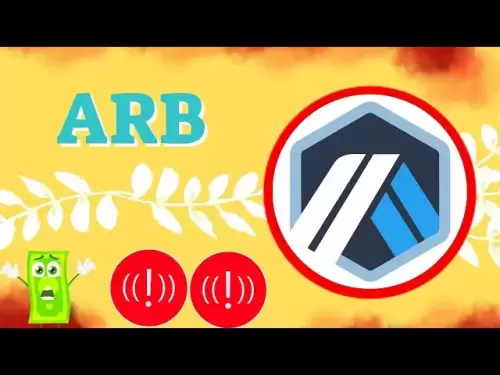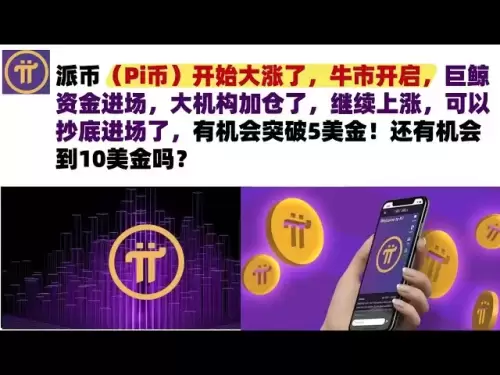-
 Bitcoin
Bitcoin $116800
0.71% -
 Ethereum
Ethereum $4211
6.94% -
 XRP
XRP $3.276
1.68% -
 Tether USDt
Tether USDt $1.000
0.02% -
 BNB
BNB $807.0
3.00% -
 Solana
Solana $180.5
3.24% -
 USDC
USDC $0.9999
0.01% -
 Dogecoin
Dogecoin $0.2406
9.02% -
 TRON
TRON $0.3357
-1.10% -
 Cardano
Cardano $0.8047
3.16% -
 Hyperliquid
Hyperliquid $43.81
7.97% -
 Chainlink
Chainlink $21.08
10.16% -
 Stellar
Stellar $0.4506
1.97% -
 Sui
Sui $3.916
4.69% -
 Bitcoin Cash
Bitcoin Cash $568.3
-1.85% -
 Hedera
Hedera $0.2628
2.48% -
 Avalanche
Avalanche $24.17
4.54% -
 Ethena USDe
Ethena USDe $1.001
0.03% -
 Litecoin
Litecoin $121.4
0.35% -
 Toncoin
Toncoin $3.408
2.28% -
 UNUS SED LEO
UNUS SED LEO $8.978
-0.08% -
 Shiba Inu
Shiba Inu $0.00001376
7.59% -
 Uniswap
Uniswap $10.86
2.94% -
 Polkadot
Polkadot $4.079
5.33% -
 Dai
Dai $1.000
0.02% -
 Pepe
Pepe $0.00001231
10.28% -
 Bitget Token
Bitget Token $4.502
0.79% -
 Cronos
Cronos $0.1576
3.63% -
 Monero
Monero $271.1
0.48% -
 Ethena
Ethena $0.7336
18.38%
What is Difficulty Bomb?
Ethereum's Difficulty Bomb exponentially increases mining difficulty, incentivizing a shift from energy-intensive Proof-of-Work to Proof-of-Stake. Community-implemented delays postpone its impact, facilitating a smoother transition to Ethereum 2.0.
Mar 06, 2025 at 08:49 pm
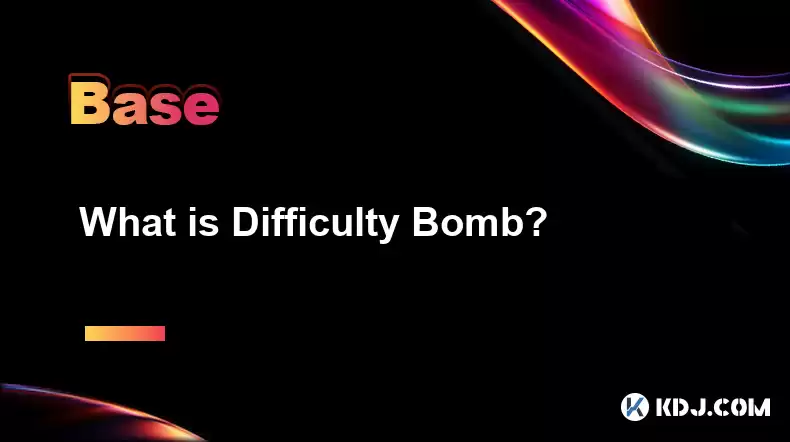
Key Points:
- The Difficulty Bomb is a mechanism built into the Ethereum blockchain designed to gradually increase the difficulty of mining new blocks.
- Its purpose is to force a transition to a Proof-of-Stake (PoS) consensus mechanism, reducing energy consumption.
- The bomb's impact is felt through exponentially increasing mining difficulty, making it progressively harder and more expensive to mine ETH.
- The Ethereum community has employed "difficulty bomb delays" to postpone its activation multiple times, allowing more time for the PoS transition.
- Understanding the Difficulty Bomb requires knowledge of mining, block times, and the shift from Proof-of-Work (PoW) to Proof-of-Stake (PoS).
What is the Difficulty Bomb?
The Difficulty Bomb, also known as the "ice age," is a programmed mechanism within the Ethereum blockchain's code. Its primary function is to gradually increase the difficulty of mining new blocks over time. This makes it exponentially more resource-intensive and costly to mine Ethereum (ETH) as time progresses. The ultimate goal is to incentivize a transition away from the current Proof-of-Work (PoW) consensus mechanism to the more energy-efficient Proof-of-Stake (PoS) mechanism.
How does the Difficulty Bomb work?
The Difficulty Bomb operates by increasing the computational difficulty required to solve the cryptographic puzzles necessary for mining new blocks. This increase isn't linear; it's designed to accelerate over time, making mining progressively harder and requiring significantly more energy to achieve the same rate of block creation. The effect is a slowing down of block production times, eventually to a near standstill.
Why was the Difficulty Bomb implemented?
The primary reason for implementing the Difficulty Bomb was to create a compelling incentive for the transition to Ethereum 2.0, which utilizes the Proof-of-Stake consensus mechanism. PoW, while effective, consumes vast amounts of energy. The Difficulty Bomb acts as a deadline, forcing a switch to the more sustainable PoS system.
What is the impact of the Difficulty Bomb?
The increasing difficulty directly impacts miners. As the difficulty rises, they require more powerful hardware and consume more energy to mine ETH profitably. If left unchecked, the bomb would render mining economically unviable, essentially halting the network. This makes the timely transition to PoS critical.
Difficulty Bomb Delays and the Ethereum Community:
Recognizing the potential disruption, the Ethereum community has implemented several "difficulty bomb delays." These are essentially code adjustments that postpone the bomb's effects, buying more time for the development and implementation of the PoS upgrade. These delays have been crucial in allowing for a smoother transition.
Proof-of-Work (PoW) vs. Proof-of-Stake (PoS):
Understanding the Difficulty Bomb requires grasping the difference between PoW and PoS. PoW relies on miners competing to solve complex cryptographic problems, consuming significant energy. PoS, on the other hand, involves validators staking their ETH to validate transactions, significantly reducing energy consumption. The Difficulty Bomb facilitates the shift from the energy-intensive PoW to the more efficient PoS.
How are Difficulty Bomb delays implemented?
The delays are implemented through Ethereum Improvement Proposals (EIPs) that modify the code controlling the difficulty adjustment algorithm. These EIPs are thoroughly discussed and voted upon by the Ethereum community before implementation. The process ensures community consensus and allows for adjustments based on the progress of the PoS development.
What happens if the Difficulty Bomb isn't delayed?
Without delays, the Difficulty Bomb would eventually render ETH mining unprofitable and severely hinder the network's functionality. Block times would become excessively long, potentially leading to network congestion and transaction failures. The transition to PoS would become highly problematic and possibly disruptive to the entire ecosystem.
What are the potential risks associated with the Difficulty Bomb?
While designed to encourage a transition, the Difficulty Bomb carries inherent risks. If the PoS upgrade is delayed or encounters unforeseen problems, the bomb's activation could negatively impact the network. Careful planning and community collaboration are vital to mitigating these risks.
How does the Difficulty Bomb affect the price of ETH?
The impact of the Difficulty Bomb on ETH's price is complex and depends on various factors, including market sentiment, the timing of the PoS transition, and overall adoption. A successful, timely transition could positively impact the price, while delays or unforeseen issues could negatively affect it.
Step-by-Step Explanation of Difficulty Bomb's Mechanism:
- Initial Difficulty: The network starts with a base difficulty level.
- Exponential Increase: A formula within the code gradually increases this difficulty over time.
- Block Time Impact: The increased difficulty makes it harder to mine blocks, increasing block times.
- Resource Consumption: Miners require more powerful hardware and consume more energy.
- Economic Impact: Mining becomes less profitable, eventually becoming unsustainable.
Frequently Asked Questions:
Q: Is the Difficulty Bomb a security risk?
A: The Difficulty Bomb itself is not a security risk. It's a built-in mechanism with a defined purpose. However, delays or failures in the PoS transition could create temporary network vulnerabilities.
Q: Will the Difficulty Bomb ever be completely removed?
A: Once Ethereum fully transitions to PoS, the Difficulty Bomb will become irrelevant and effectively deactivated. Its purpose will have been served.
Q: How can I track the Difficulty Bomb's progress?
A: Several blockchain explorers and analytics websites provide real-time data on Ethereum's mining difficulty, allowing you to monitor its progression.
Q: What are the alternatives to the Difficulty Bomb?
A: While the Difficulty Bomb is a specific mechanism, the core concept of incentivizing a transition to a more efficient consensus mechanism could be achieved through other methods, such as economic incentives or network governance changes.
Q: Can miners do anything to counteract the Difficulty Bomb?
A: Miners can't directly counteract the algorithmic increase in difficulty. However, they can adapt by upgrading their hardware or joining mining pools to share resources and costs. The ultimate solution, though, lies in the successful transition to PoS.
Disclaimer:info@kdj.com
The information provided is not trading advice. kdj.com does not assume any responsibility for any investments made based on the information provided in this article. Cryptocurrencies are highly volatile and it is highly recommended that you invest with caution after thorough research!
If you believe that the content used on this website infringes your copyright, please contact us immediately (info@kdj.com) and we will delete it promptly.
- AI Coin Mania: Dubai Millionaires Eye 20x Gains!
- 2025-08-09 23:10:12
- ChatGPT's Hot Takes: Meme Coins to Buy Now for a Wild 2025!
- 2025-08-09 23:10:12
- Jurassic Park Vibes in Your Pocket: The Colourful Canadian Coin Featuring a Dinosaur Eye
- 2025-08-09 23:50:12
- Altcoins on the Radar: VeChain, Ethereum, and the Shifting Crypto Landscape
- 2025-08-09 23:50:12
- Crypto Airdrops & Opportunities: What's Hot in August 2025
- 2025-08-09 22:30:12
- XRP, Cardano, and the Alluring Alternatives: A 2025 Crypto Landscape
- 2025-08-09 22:35:12
Related knowledge
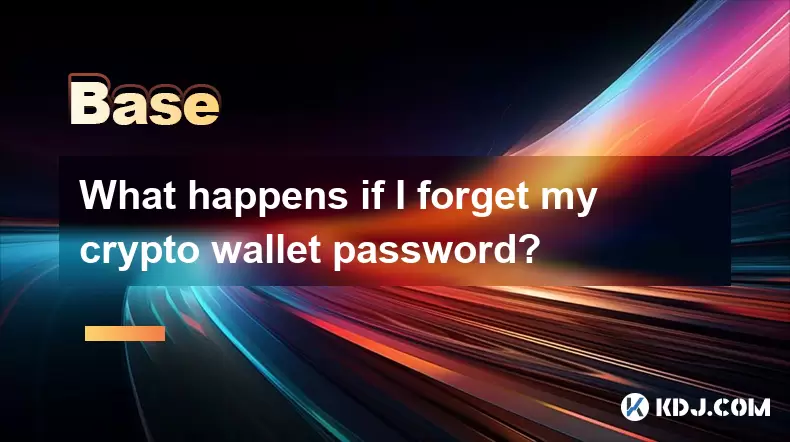
What happens if I forget my crypto wallet password?
Aug 09,2025 at 08:50am
Understanding the Role of a Crypto Wallet PasswordA crypto wallet password serves as a critical security layer that protects access to your digital as...

Can you reuse a crypto wallet address?
Aug 08,2025 at 03:49pm
Understanding Wallet Addresses in CryptocurrencyA crypto wallet address is a unique identifier used to send and receive digital assets on a blockchain...
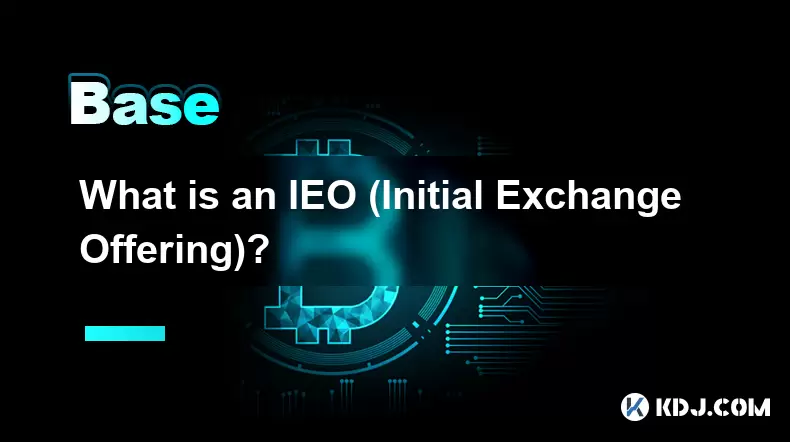
What is an IEO (Initial Exchange Offering)?
Aug 09,2025 at 06:22am
Understanding the Concept of IEO (Initial Exchange Offering)An Initial Exchange Offering (IEO) is a fundraising method used by blockchain-based projec...
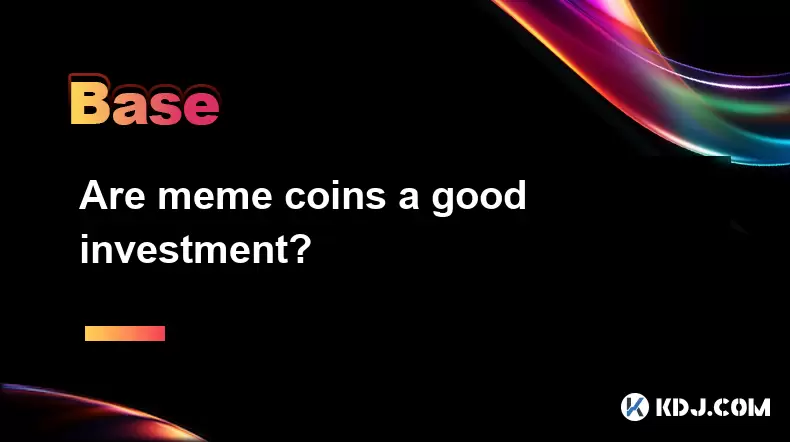
Are meme coins a good investment?
Aug 08,2025 at 11:36pm
Understanding Meme Coins and Their OriginsMeme coins are a category of cryptocurrencies that originated from internet humor or viral trends rather tha...
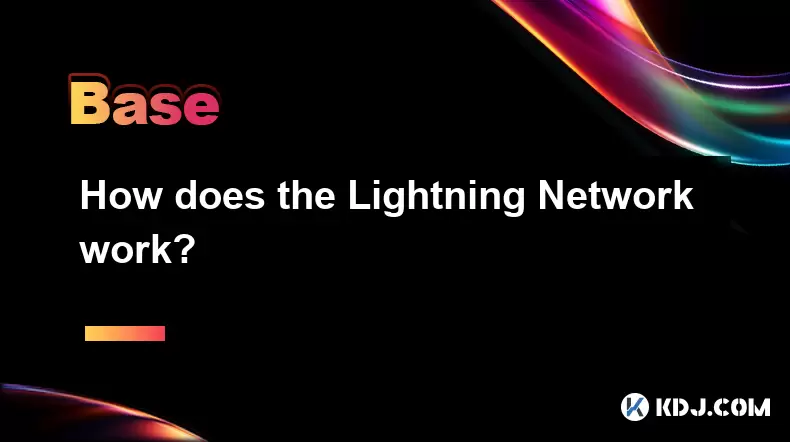
How does the Lightning Network work?
Aug 09,2025 at 07:15pm
What Is the Lightning Network?The Lightning Network is a second-layer scaling solution built on top of blockchain networks, primarily Bitcoin, designe...
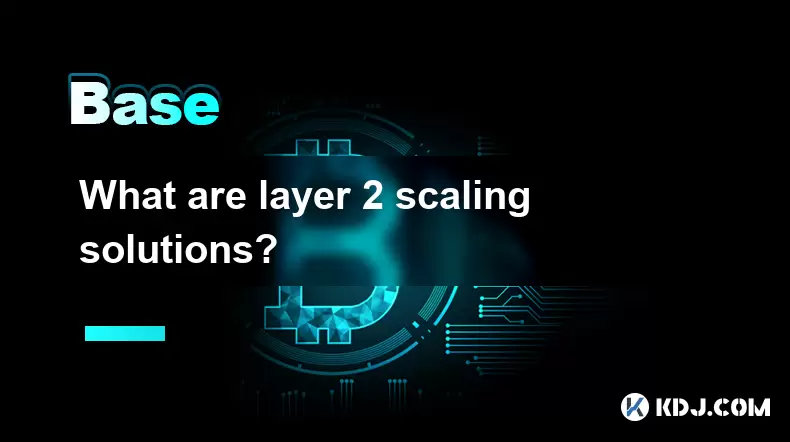
What are layer 2 scaling solutions?
Aug 09,2025 at 04:07am
Understanding Layer 2 Scaling Solutions in CryptocurrencyIn the world of blockchain and cryptocurrencies, scalability has long been a pressing challen...

What happens if I forget my crypto wallet password?
Aug 09,2025 at 08:50am
Understanding the Role of a Crypto Wallet PasswordA crypto wallet password serves as a critical security layer that protects access to your digital as...

Can you reuse a crypto wallet address?
Aug 08,2025 at 03:49pm
Understanding Wallet Addresses in CryptocurrencyA crypto wallet address is a unique identifier used to send and receive digital assets on a blockchain...

What is an IEO (Initial Exchange Offering)?
Aug 09,2025 at 06:22am
Understanding the Concept of IEO (Initial Exchange Offering)An Initial Exchange Offering (IEO) is a fundraising method used by blockchain-based projec...

Are meme coins a good investment?
Aug 08,2025 at 11:36pm
Understanding Meme Coins and Their OriginsMeme coins are a category of cryptocurrencies that originated from internet humor or viral trends rather tha...

How does the Lightning Network work?
Aug 09,2025 at 07:15pm
What Is the Lightning Network?The Lightning Network is a second-layer scaling solution built on top of blockchain networks, primarily Bitcoin, designe...

What are layer 2 scaling solutions?
Aug 09,2025 at 04:07am
Understanding Layer 2 Scaling Solutions in CryptocurrencyIn the world of blockchain and cryptocurrencies, scalability has long been a pressing challen...
See all articles





















